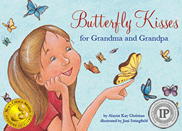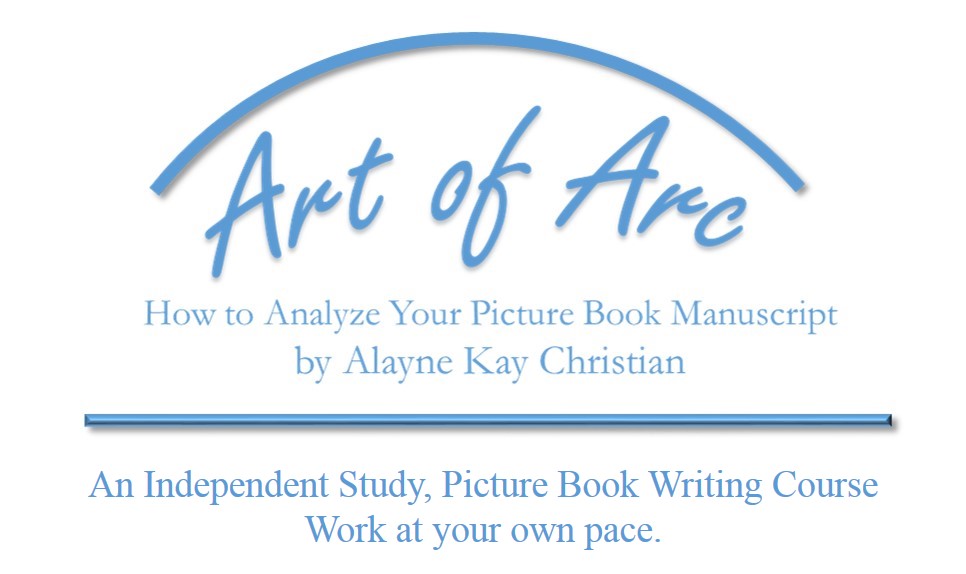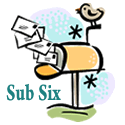 PRIZE ANNOUNCEMENT
PRIZE ANNOUNCEMENT
In my last post MY GIFT – YOUR GIFT, I asked people to share inspirational quotes or short stories as gifts to others. In return, those who participated were included in a drawing to win complimentary admission to my picture book writing course Art of Arc. I also offered two Art of Arc students or alumni complimentary picture book critiques. I’ve decided to give a bonus gift, so three people have won the course and two have won critiques. Congratulations to the following winners!
COMPLIMENTARY ART OF ARC COURSE
Ann Magee
Julie Bergmann Lacombe
Chris M. Regier
COMPLIMENTARY CRITIQUE
Gabrielle Schoeffield
Linda Schueler

A fun drawing by Teresa Robeson from her blog ONE GOOD THING. Click on the image to see more of her work.
JUST SAY NO TO NEW YEAR’S RESOLUTIONS
I first offered a version of this post in 2012. It was titled THIRTY-ONE JUST FOR FUN. Each year since, I’ve modified my original post and reposted it. Before I share the 2016 modified version, I’d like to thank everyone who has supported my blog and me throughout the year. I wish you all a very Happy New Year. May the New Year bring each of you all that your heart desires.
Now for JUST SAY NO TO NEW YEAR’S RESOLUTIONS. . . .
A common question in life coaching is, “What’s the difference between a life coach and a therapist?” The answer goes something like this: Imagine you are driving a car through life with a psychotherapist as your driving instructor. The psychotherapist will spend a lot of time instructing you to look through your rearview mirror at where you have been. A “life coach” driving instructor will encourage you to look out your windshield at where you are going.
A NEGATIVE DRAIN
Today, I am going to swim against the life coaching current and ask you to look back at where you have been. New Year’s resolutions often have roots in the past. We look back, with a certain amount of regret, at what we failed to accomplish in the outgoing year. Focusing on our shortcomings, we resolve to make up for them in the New Year; usually with bigger and better plans than before. Although setting these goals can leave you feeling hopeful, looking back with self-judgment can sap your confidence and drain your spirit.
ENERGIZE YOUR SPIRIT
Instead of looking back at your shortcomings with regret, look back at your successes with confidence and gratitude. Looking back and acknowledging your accomplishments will give you the opportunity to celebrate your successes and energize your spirit as you look forward to your new year.
YOUR LIST
Over the next couple of weeks, take some time to reflect on 2016 and list the things that you accomplished throughout the year. I hope you will celebrate your successes by coming back and sharing some of your discoveries in the comments section of this post or share them on your own blog. The most important part of this challenge is recognizing the positive, energizing events of 2016.
QUESTIONS TO HELP YOU GET STARTED ON YOUR LIST
- How did you grow personally, professionally or as a writer?
- Did you have a positive impact on others?
- What writing skills did you learn or strengthen?
- Did you improve organizational skills?
- Did you find the secret to time management?
- Did you complete any writing challenges?
- Did you join any groups?
- What personal strengths did you gain?
- What goals did you achieve?
- What unplanned accomplishments did you achieve?
- What character qualities did you strengthen?
- Have you improved your communication skills?
- Have you gotten better at saying no to others, to yourself, or to activities that drain you?
- What acts of kindness did you share?
- What special, memory building moment did you have with family, friends, writing groups, by yourself and so on?
- Did you submit any of your writing? If you want to challenge yourself to submit more in 2016 join my Sub Six private manuscript submission support group on Facebook.
- Did any submissions get accepted for publication?
- Did you get any rejections with encouraging notes?
- Did you find a positive way to accept rejections?
For tips on celebrating your achievements see CELEBRATE YOUR ACHIEVEMENTS BIG AND SMALL. Be sure to scroll down to the section about the achievement jar, so you can celebrate all through 2017.
Below I share some my 2016 achievements.
- I signed a four-book deal for my chapter book series SIENNA THE COWGIRL FAIRY with Clear Fork Publishing. In the process, I met some great new friends and my fantastic editor Callie Metler-Smith.
- I attended the Big Sur Cape Cod workshop and spent time with my lovely friends Sylvia Liu, Victoria Warneck, and Teresa Robeson.
- I continued to help other writers via my Art of Arc course and critiques. And other writers helped me with some great critiques and brainstorming.
- I completed the Nonfiction Archaeology course.
- I made my first serious attempts at writing two different nonfiction picture books. And I found the courage to submit them!
- I celebrated many, many friends’ successes – book contracts, book releases, agent representation and so on. Go Kid lit Community!
- I took care of myself during rough times and celebrated my fun times with joy.
- I continued to practice one of my favorite author survival skills, which is write from the heart – submit with detachment. I also encouraged others with positive and inspirational quotes on Facebook and Twitter.
- I completed my 5th 12 X 12 writing challenge and had the pleasure of working as a 12 x 12 Critique Ninja.
- I ended 2016 by gifting my picture book writing course ART OF ARC: How to Analyze Your Picture Book Manuscript (deepen your understanding of picture books written with a classic arc) and some picture book critiques.
Now it’s your turn. Celebrate with us by sharing your accomplishments.
Best wishes in 2017! Wait, there’s more. This would have been my sixth year of participating in Tara Lazar’s PiBoIdMo (Picture Book Idea Month) challenge, but there have been some changes. My sixth year will have to wait until January 2017, and I will be participating in STORYSTORM instead. To read about the changes and how to register click on the following badge. Thirty story ideas in thirty days, with inspiration, great faculty, and prizes, too!


































